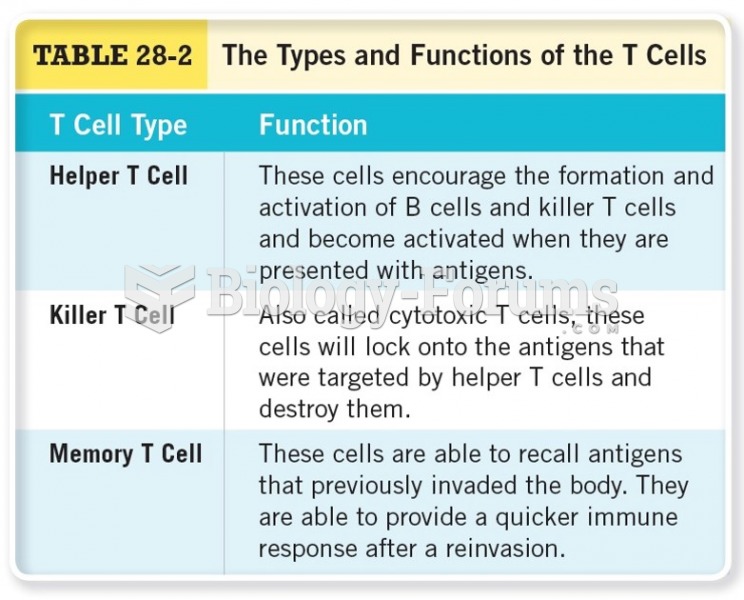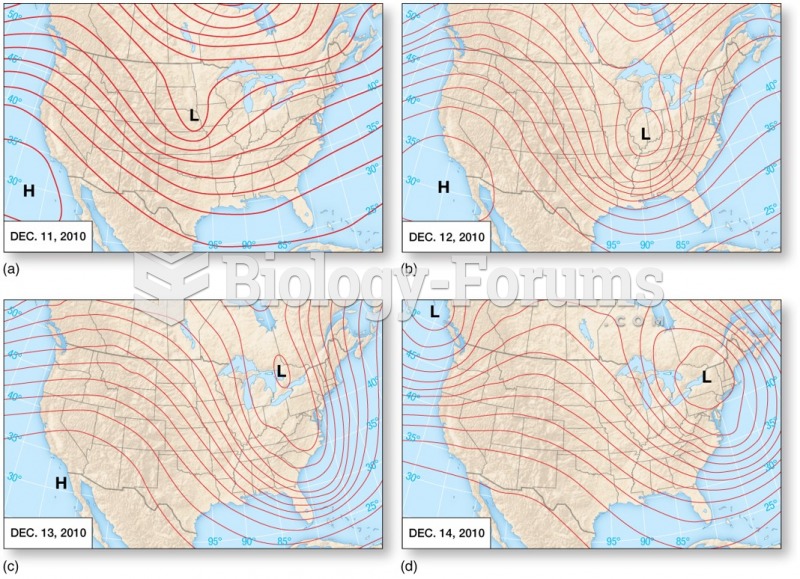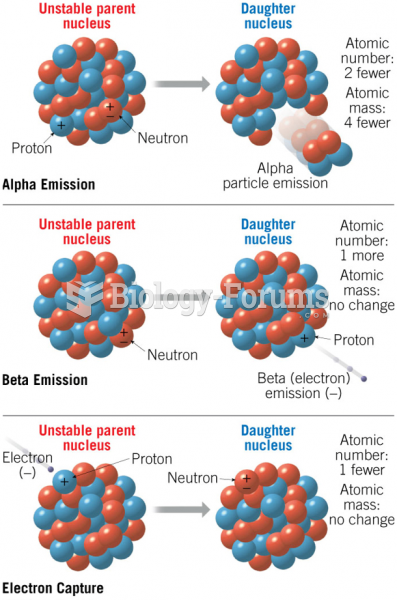Answer to Question 1ANS:Answer
should include:
The types of waves discussed in this chapter are: capillary waves, wind waves, seiche
waves, seismic sea waves, and tides.
Capillary waves and wind waves are both considered to be deep-water waves. This
means that it is possible for the depth under these waves to be more than the
wavelength of the wave. Capillary waves and wind waves are created by wind. Their
restoring force is the cohesion of water molecules which is different than the other
waves mentioned. Wind waves are able to retain the most amount of energy. Like the
other waves, the restoring force for wind waves is gravity.
Tides, seismic sea waves, and seiches are considered to be shallow-water waves due to
their large wavelengths. They are in constant interaction with the seafloor. Seiches can
be formed by sudden changes in the atmospheric pressure or storm surges. They are in
enclosed bays or harbors. Seismic sea waves are due to disturbances in the seafloor.
Tides stem from the gravitational attraction of the Earth, sun and moon. These are all
restored by gravity.
Answer to Question 2ANS:Answer
should include:
Wind strength is the first factor that is needed to generate wind waves. The wind must be
moving at a faster speed than the wave crests. This allows energy to transfer from the
atmosphere to the ocean surface.
Wind needs to blow for a certain duration to affect wind wave growth. High winds over
short periods of time do not produce large waves.
Lastly, there needs to be an uninterrupted distance for the wind to blow across without a
significant change in direction. This area is called a fetch.
Once waves are generated, they begin the process of dispersion. The waves begin to
separate into groups with similar wavelengths.
The wave groups, or wave trains, begin to move. These trains move at half the speed of
individual waves in the train.







